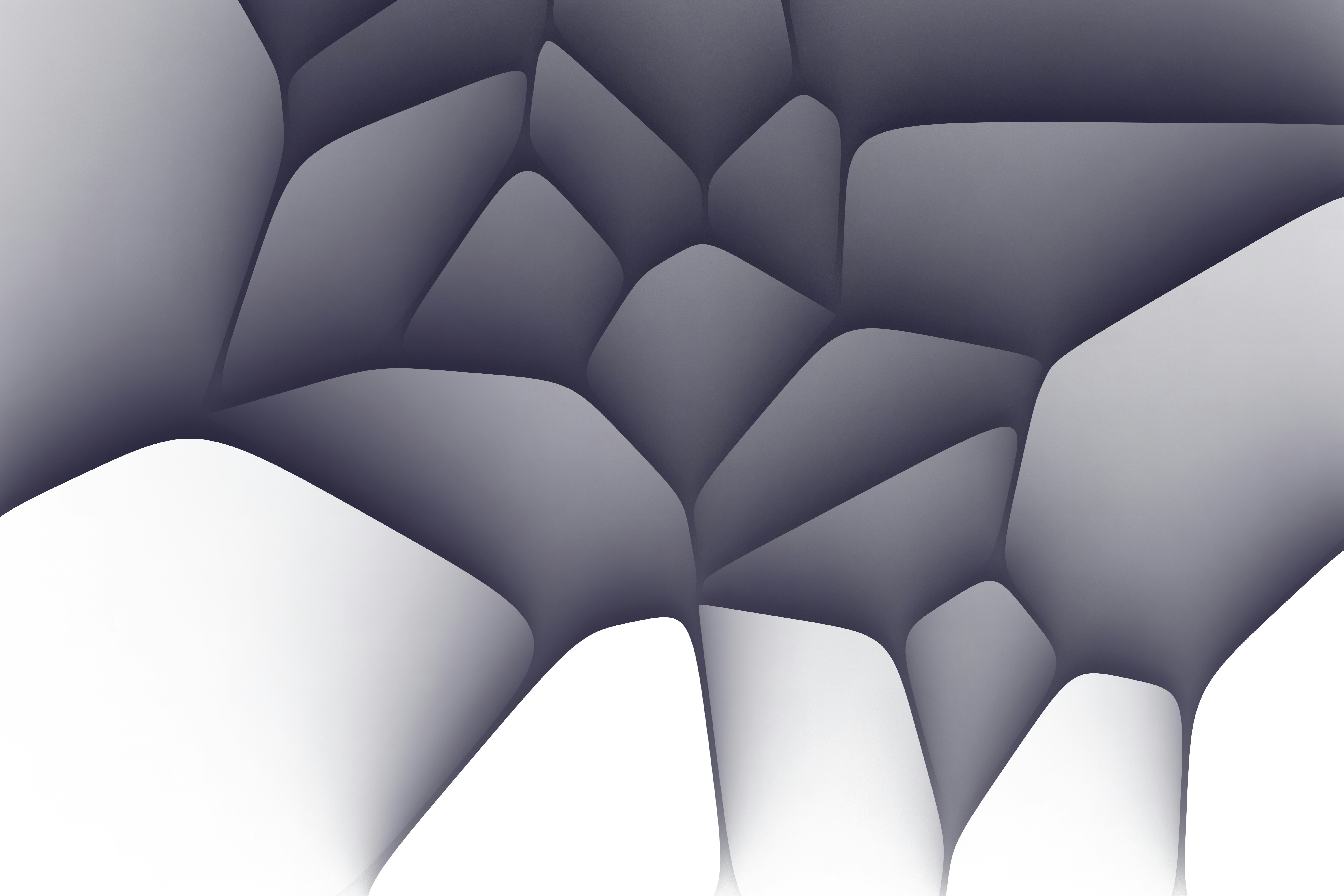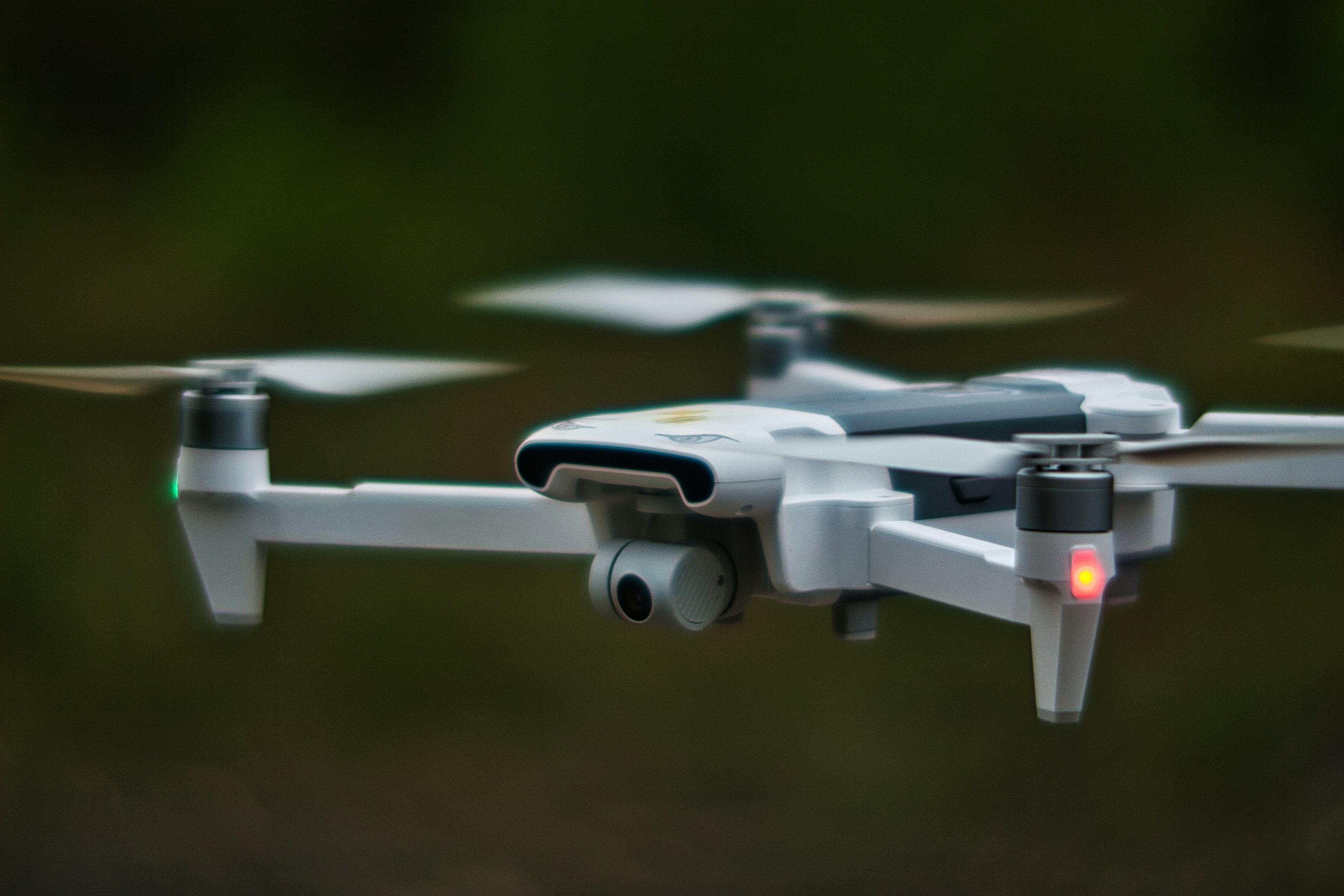In nuclear security and detection applications, when GM-type counters are not employed, single crystal detectors are used almost exclusively. A single crystal detector can evidence the presence of a radiation source in the nearby vicinity, and even provide an identification based on spectrometry measurements. However, without actively moving the detector around, or triangulating between several detectors the relative location of the source cannot be determined. UAV-based and vehicle-based detection systems provide this localisation capability using solid-state single-crystal spectrometer detectors.
Operationally, it can take a great deal of time to map large areas with high spatial resolution and for security scenarios where the radiation source is moving, the moving detectors may completely miss the target. It would be highly desirable to locate and track radiation sources more efficiently by using a single measurement unit which can assess the direction of a radiation source based on the path-direction of the incident gamma photons. Multi-pixel detectors: If the vector of each incident photon on a detector can be measured, then the positional origin of each photon can be traced in relation to the detector’s physical position. This can be achieved by utilising electronically rapid multi-pixel detector arrays made from Cadmium Zinc Telluride (CZT). For static detectors, this would provide an enhanced capability for detecting and tracking radiation sources which are on the move relative to the detector, for example in urban areas or alternatively inside gloveboxes. For the latter use-case it would provide an enhanced capability for materials accountancy based on tracking material movements and contamination build up.
If such a detector was mounted on a mobile platform, for example, a car or a drone, it would provide an enhanced ability to more rapidly localise and identify sources of radiation relative to existing technologies. In the last three years, an emergence of prototype multi pixel CZT gamma spectrometers has begun that may offer a more capable option than single-crystal (single pixel) detectors. The Gamma Localization and Mapping Platform (LAMP), developed by Lawrence Berkeley National Laboratory, is the first ever portable multi-pixel CZT system combined with scanning LiDAR (laser) for simultaneous imaging and mapping of gamma ray and neutron radioactivity in three-dimensions (3D) and in real-time – it is extremely expensive and has therefore had limited utilisation on aerial or other robotic platforms due to the perceived risk of damage. The University of Bristol has developed a more affordable but technically inferior capability, the FRONTIER, utilising combined LiDAR scanning with 4 collimated CsI detectors. Unlike all other portable, commercially available radiation imaging systems, which image and map radiation signatures in only one or two dimensions, these systems create 3D reconstructions of both the environment surrounding the detector and radioactivity.
The LAMP system from Berkeley University in the USA represents the most advanced pixel detector in the world but at a very substantial cost and with further technological (hardware and software) development to be undertaken. To be more viable for NTR field applications there is a need for further advancement of the technology including reduction in cost and a development of methodologies for effectively integrating it into static and mobile detection platforms. The PhD project will develop an integrated multi-pixel CZT detector with coincident LiDAR scanning, moving well beyond the FRONTIER in capability and deploying the unit on both UAV and ground-based robot platforms to develop methodologies for automated (AI-based) search and detection of radiation point sources. The project will be supported by Kromek Group PLC, NNL, and NPL. Specifically, the project will utilise a pre-commercial prototype multi-pixel CZT spectrometer made by Kromek: the KeV-5


